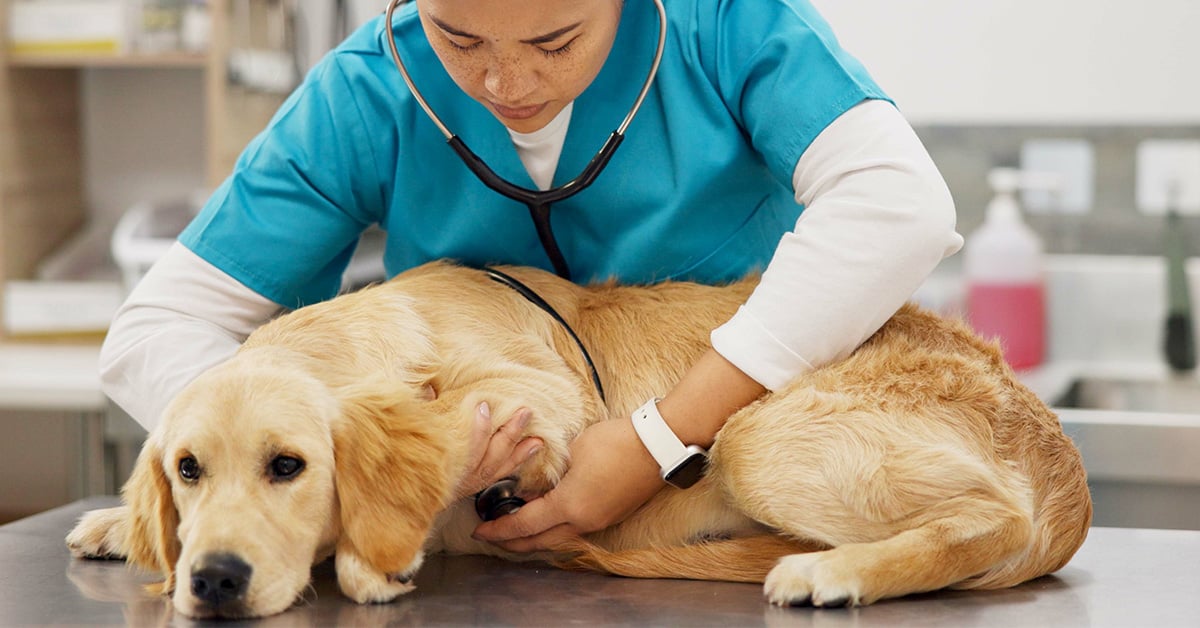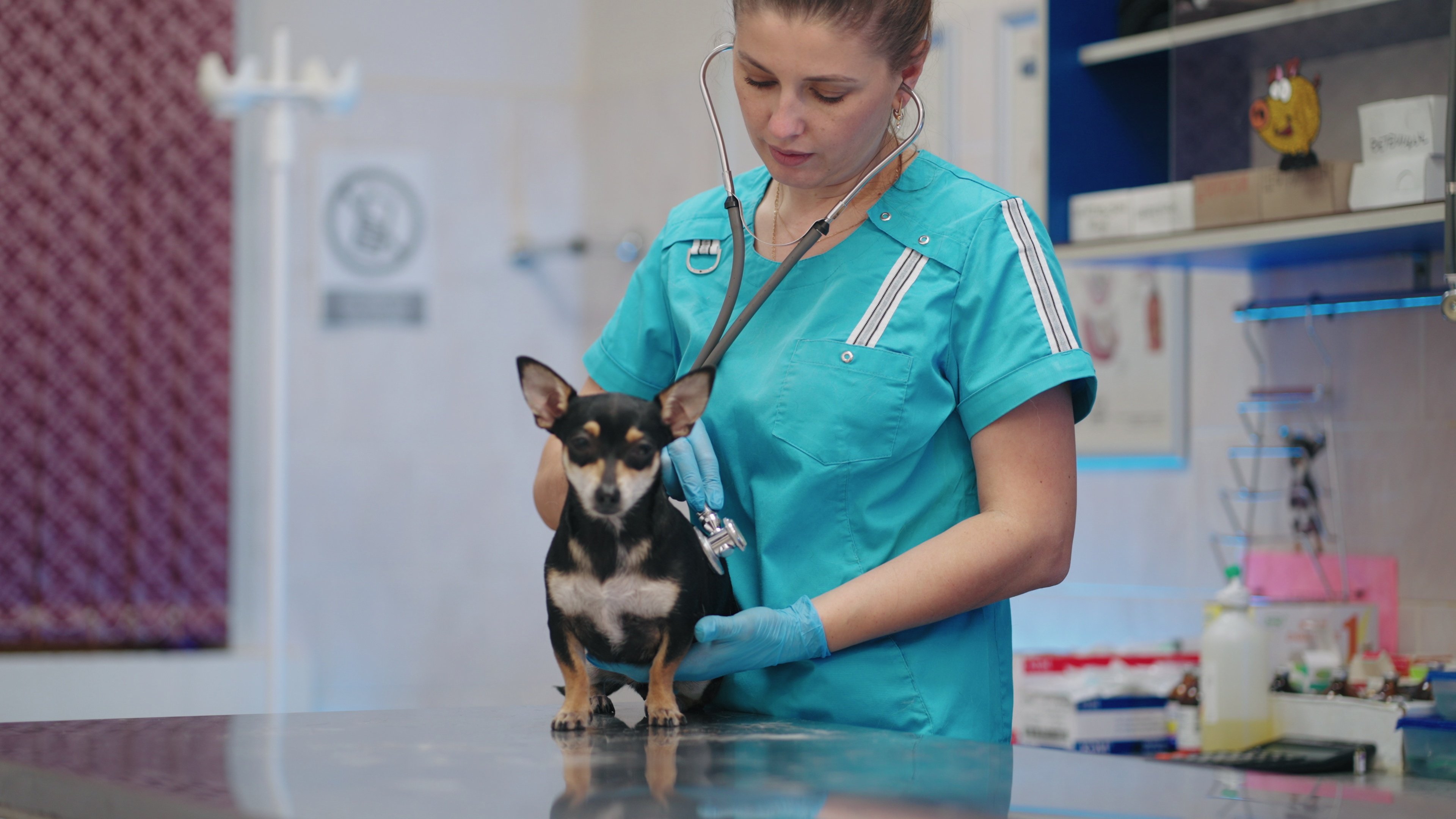WVC Vegas 2026 Education: Emergency and Critical Care Trauma Track
When every second counts, plan to make the most of WVC Vegas 2026! We’ll be offering exciting NEW ways to grow your knowledge with expanded education...
2 min read
Viticus Group : Jun 30, 2025 9:53:23 AM

We love all animals, but let’s be honest—some patients are a joy to see...
Cheese is one of those patients.
As a 10-year-old golden retriever with arthritic hips, he’s the poster boy for a once-active lifestyle—and a few extra pounds. Fortunately, his OA signs are usually well controlled with medication, weight management, and low-impact exercise.
Cheese was a lifer. I’d cared for him since he was 8 weeks old. But he was about to remind me that our comfortable rapport wasn’t a substitute for comprehensiveness.
Cheese’s history notes reported that he was “stiffer than usual” and “gimpy on his back legs,” signs his owner attributed to a long walk in the park. I expected to do a quick exam, adjust his pain management protocol, and, after the requisite belly rub, move on to the next case.
But while Cheese had been known for his shuffling gait for several years, upon entering the exam room, his normally exuberant greeting was subdued—delayed by a faint, intermittent toe-touching lameness of the left hindlimb.
As I watched him move toward me, arthritis was no longer alone on my differential diagnosis list.
On exam, Cheese’s hip extension and flexion were limited, but within his normal range. Carefully palpating Cheese’s joints and muscle groups helped me localize pain to the left stifle. When I checked for a drawer sign, I felt mild instability. During compression, tibial rotation was appreciated. Radiographically, Cheese’s left stifle showed mild joint effusion—not unusual due to his OA—and no signs of neoplasia.
Cheese rested his head on my lap, forgiving my painful manipulations, as I pieced together my findings for Cheese’s owner.
By looking past the mask of arthritis signs, I found a partial cranial cruciate ligament rupture, partially concealed by chronic OA.
While my familiarity with Cheese certainly aided the case, my knowledge of canine biomechanics, posture, and physical compensations helped me see past his pre-existing condition to the deeper complexity of his lameness.
While his condition was well disguised from his owner, clues from his history (apparently sudden onset), his gait (unilateral hindlimb lameness), and exam (joint effusion accompanied by pain and mild instability that were not present on previous exams) helped expose the new cause of this senior’s shuffle step.

There was a time when my next step would’ve been referral. Sometimes it still is, but in Cheese’s case, I knew that a conservative approach was not only appropriate but likely effective. I walked his owner through the plan, including the potential need for surgery down the road. I explained that partial tears can often be managed medically with rest, pain management, and controlled activity—but that increased strain from running or jumping could lead to a full tear or meniscal damage, where surgery would then offer the best chance at restoring comfort and mobility. We also talked about how compensating on the opposite limb could create risk for a bilateral tear. After weighing the pros and cons, based on Cheese’s age, lifestyle, and comfort, we agreed that the present goal wasn’t to “fix” his condition, but manage it thoughtfully with a clear plan, appropriate pain management, and regular check-ins.
Cases like Cheese’s can be easy to miss—not because they’re unusual or rare, but because they’re so familiar. An old dog with aging joints and deteriorative changes seems like a story that writes itself, but by taking a closer look, you can see past assumptions to the deeper truth.
If you’ve ever wondered whether you’re missing something in a lameness case, the Canine Orthopedic Lameness Track at WVC Vegas 2026 is for you. Join Courtney Campbell DVM, DACVS-SA, for a one-day, case-based deep dive to decode the limp—and walk away with practical knowledge you can use every day.
Step up: Join the WVC Alert List
Get ready for the heart of Las Vegas, Nevada. Get notified when WVC Vegas registration opens by joining the WVC Vegas 2026 Alert List. Enjoy priority access, insider insights, and early pricing sent straight to your inbox!

When every second counts, plan to make the most of WVC Vegas 2026! We’ll be offering exciting NEW ways to grow your knowledge with expanded education...

When I assumed the role of practice manager, I thought my first-hand knowledge of how a clinic works—plus a few online courses—would make things...

Demystifying the Path to Veterinary Technician Specialization: Your Guide to Going VTS Are you a veterinary technician who's ever wondered, "Could I...